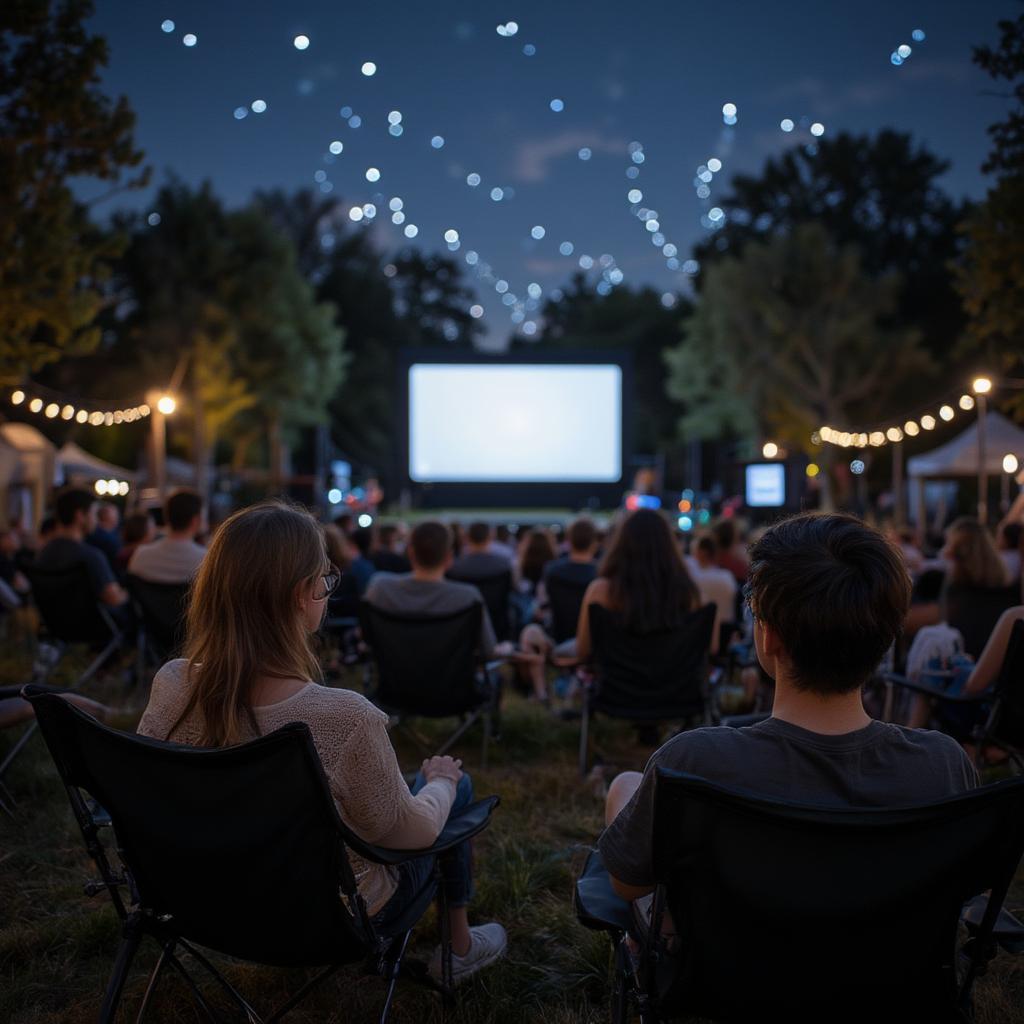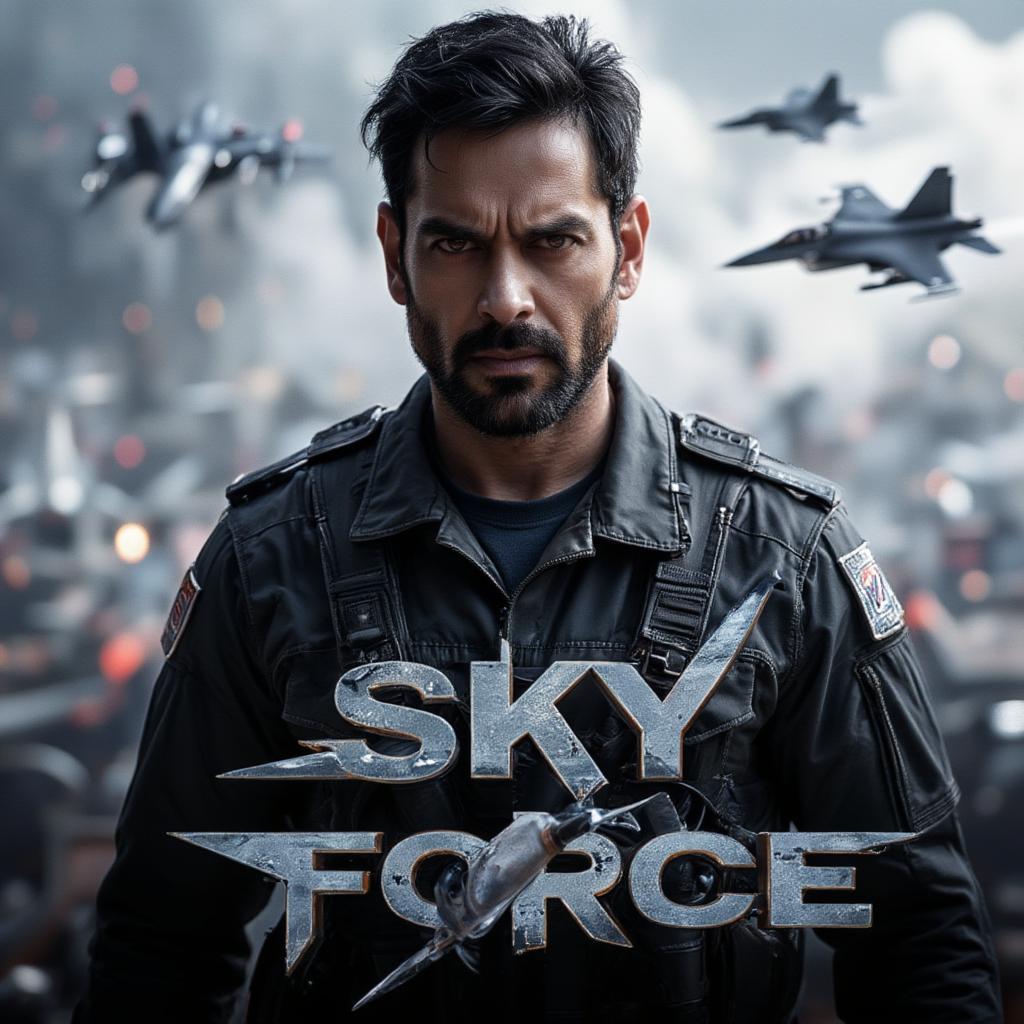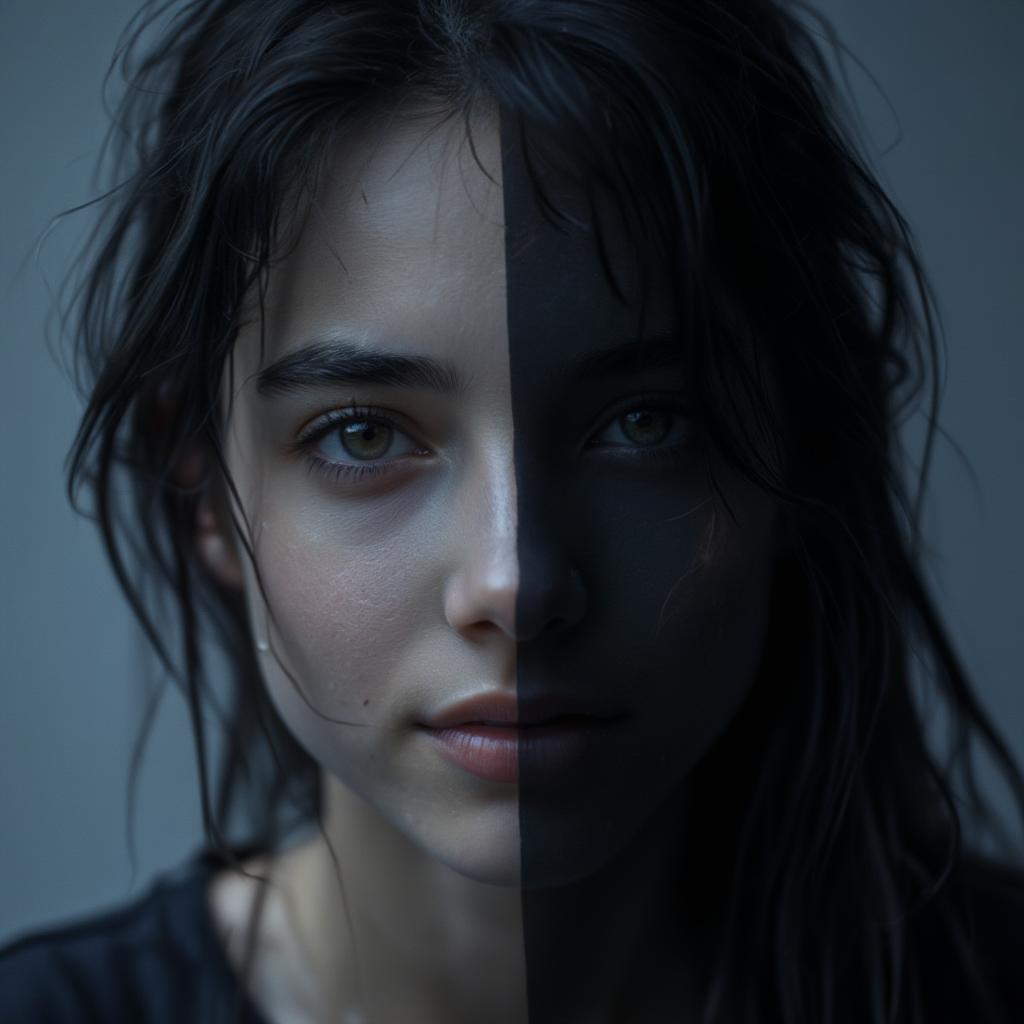Skyfall: Unraveling the Iconic Bond Film’s Secrets and Legacy
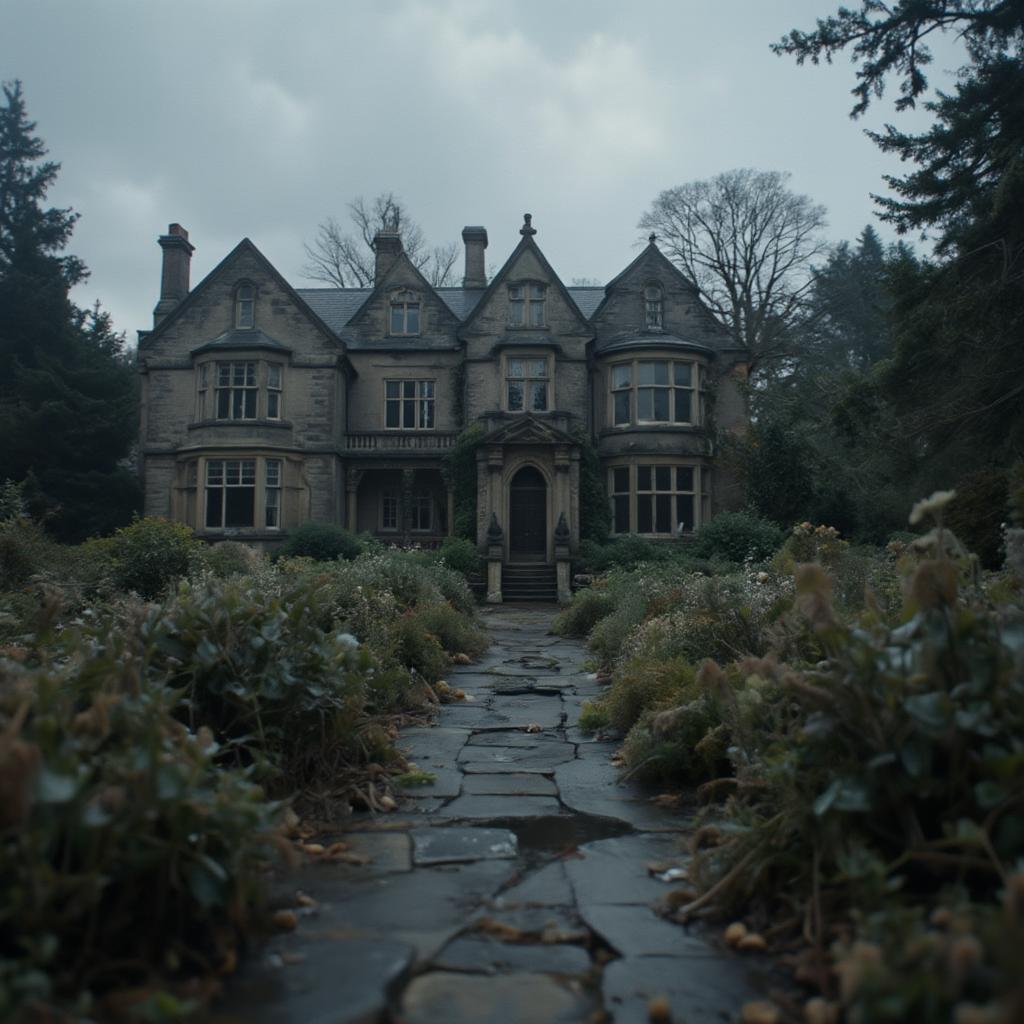
Skyfall, the 23rd James Bond film, is more than just another action-packed spy thriller; it’s a critical exploration of Bond’s past, his vulnerabilities, and his place in a rapidly changing world. Its impact on the 007 franchise is undeniable. This article delves into the depths of Skyfall, examining its themes, characters, and cultural significance, revealing why it continues to resonate with audiences worldwide. We’ll explore the layers that make Skyfall a cinematic masterpiece and a defining chapter in the Bond saga.
Skyfall arrived at a pivotal moment for the James Bond franchise, marking its 50th anniversary. The film, directed by Sam Mendes, is a masterclass in combining the classic Bond formula with a modern sensibility. It’s not just about gadgets and globe-trotting adventures; it’s a deeply personal story for James Bond, testing his loyalty, his skills, and his very identity. But what makes Skyfall so compelling? Is it the stunning cinematography, the nuanced character development, or the perfect blend of action and emotion? Let’s dive deeper and unpack the secrets of this exceptional Bond film.
The Deeper Themes of Skyfall: More Than Just Spycraft
Skyfall’s narrative extends far beyond simple espionage. It touches upon universal themes of loyalty, duty, and the weight of the past. Bond’s relationship with M, particularly in this film, takes center stage, revealing a complex dynamic built on mutual respect and unspoken affection. The film explores the concept of generational change, questioning whether traditional espionage tactics still hold value in the modern digital age. Javier Bardem’s portrayal of Silva, a former MI6 agent turned cyberterrorist, highlights the dangers of unchecked ambition and the potential for betrayal within the intelligence community itself.
- Loyalty and Betrayal: The core of Skyfall lies in the blurred lines between loyalty and betrayal. Bond’s unwavering dedication to M and MI6 is juxtaposed with Silva’s bitterness and desire for revenge.
- The Weight of the Past: The film delves into Bond’s childhood trauma, connecting his past to his present struggles. This vulnerability makes him more relatable than ever before.
- Modern vs. Traditional: Skyfall questions whether old-school espionage can survive in a world dominated by technology.
- Generational Conflict: The film highlights the tension between M’s traditional approach to intelligence and a newer, data-driven method.
“Skyfall is not just a spy film; it’s a character study wrapped in an action thriller. The focus on Bond’s internal conflicts and the complexities of his relationships elevates it beyond typical action fare.” – Dr. Eleanor Vance, Film Studies Professor at the University of London

Iconic Scenes and Cinematography: A Visual Masterpiece
The cinematography in Skyfall is nothing short of breathtaking. Roger Deakins’ work creates a visually stunning experience that enhances the film’s emotional depth. From the Shanghai skyscraper fight scene, with its striking silhouettes and neon lights, to the desolate Scottish Highlands where Skyfall estate is located, each shot is meticulously crafted. The use of light and shadow, combined with dynamic camera work, amplifies the tension and drama throughout the film.
- The Shanghai Skyscraper Scene: The fight in the Shanghai skyscraper with its iconic silhouetted figures and neon lights is a breathtaking and visually innovative sequence.
- The Scottish Highlands: The desolate beauty of the Scottish Highlands serves as a powerful backdrop for the film’s climax.
- Color Palettes: The film employs distinct color palettes to reflect mood, from the cold, sterile blues of London to the warm, earthy tones of Scotland.
“Deakins’ cinematography in Skyfall is a masterclass in visual storytelling. Every frame is intentional, contributing to the film’s atmosphere and emotional impact.” – Robert Sterling, a renowned film critic and cinematography expert for ‘Sight & Sound’ Magazine.
Daniel Craig’s Bond: Vulnerable and Human
Daniel Craig’s portrayal of James Bond is arguably one of the most complex and nuanced interpretations of the character. Skyfall delves into Bond’s vulnerabilities, revealing a man haunted by his past and questioning his future. This iteration of Bond is far from the invincible secret agent of previous films; he is flawed, human, and relatable. This evolution humanizes him, making him a character that audiences can empathize with.
- Physicality and Emotional Depth: Craig’s Bond displays both physical prowess and emotional depth, showcasing the character’s internal struggles.
- Vulnerability: This version of Bond is not infallible, openly struggling with the physical and psychological tolls of his profession.
- Relatability: Craig’s portrayal makes Bond more relatable to a modern audience, moving away from the cold, emotionless spy archetype.
Who is the main villain in Skyfall, and what is his motivation?
The primary antagonist in Skyfall is Raoul Silva, portrayed by Javier Bardem. Silva’s motivation stems from a deep-seated resentment towards MI6 and, in particular, M. As a former agent who was once abandoned by the organization, he seeks revenge through calculated acts of cyberterrorism and physical aggression. Silva represents the dark side of espionage – the potential for corruption and the devastating effects of betrayal.
The Cultural Impact of Skyfall: Reinventing the Bond Narrative
Skyfall wasn’t just a commercial success; it also significantly influenced the direction of the James Bond franchise. The film’s willingness to explore more mature themes, combined with its spectacular visuals and performances, revitalized interest in the series. Its success paved the way for future Bond films to delve deeper into character development and personal stakes, moving beyond the traditional tropes of the franchise.
- Rejuvenated the Franchise: Skyfall breathed new life into the James Bond series, showing that it could evolve while still honoring its roots.
- Set a New Standard: The film raised the bar for action sequences, cinematography, and overall production value in the genre.
- Shift in Characterization: The film’s portrayal of a more vulnerable and emotionally complex Bond has influenced subsequent films.
- Critical Acclaim: Skyfall earned numerous awards and nominations, solidifying its place as one of the best Bond films ever made.
Skyfall’s Legacy: A Benchmark for Bond Films
Skyfall stands out as a benchmark not only for Bond films but for spy films in general. Its success lies in its ability to balance classic Bond elements with modern storytelling techniques. The film’s exploration of complex themes, its stunning visuals, and the outstanding performances from its cast have cemented its place as a cinematic triumph.
How did Skyfall perform at the box office and with critics?
Skyfall was a phenomenal success, both critically and commercially. It grossed over $1.1 billion worldwide, making it the highest-grossing James Bond film to date. Critics lauded the film for its exceptional direction, compelling performances, and stunning cinematography. Its accolades include multiple BAFTA awards and Academy Award nominations. Its success proved that a Bond film could be both a thrilling action spectacle and a deeply engaging character study.
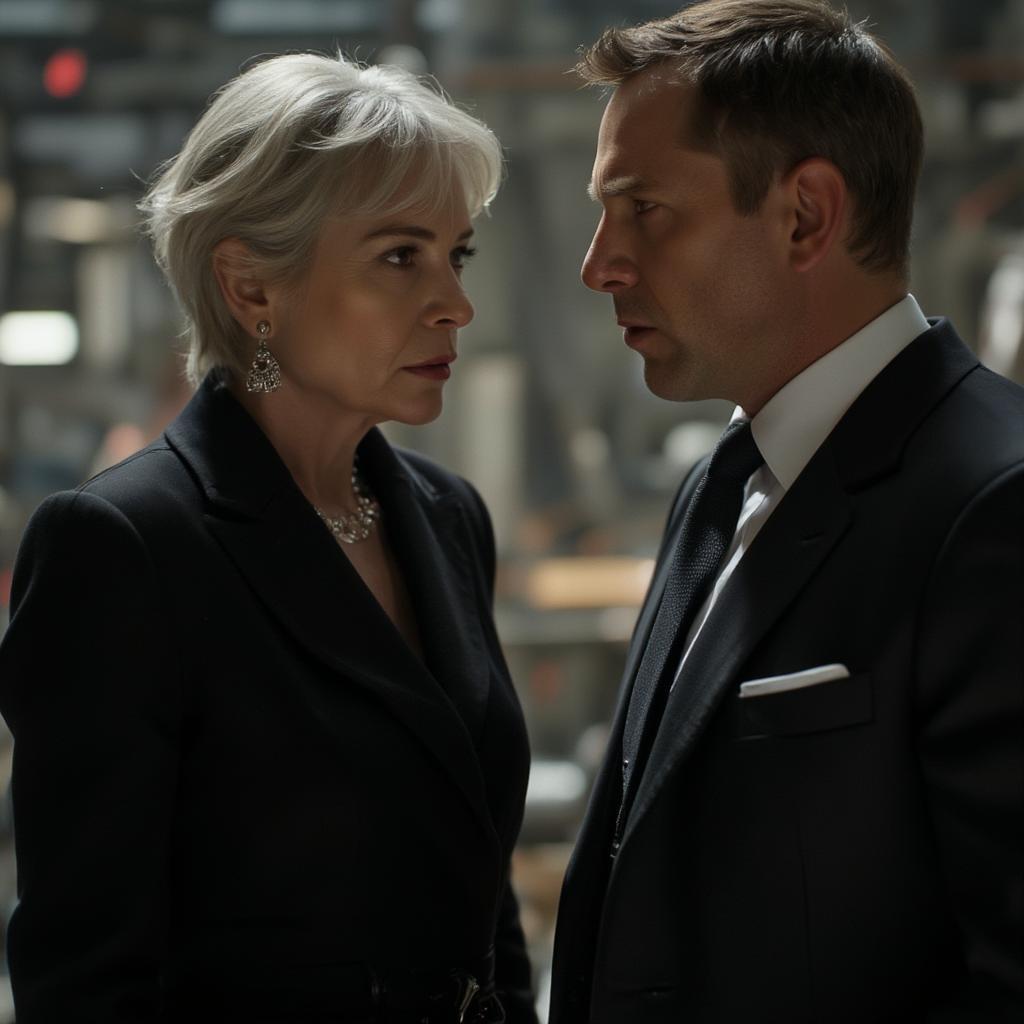
Analyzing the Action Sequences in Skyfall: Intensity and Innovation
The action sequences in Skyfall are a masterclass in tension building and visual spectacle. The film doesn’t just rely on explosions and gunfights; it incorporates carefully choreographed fight scenes and thrilling chases, creating a constant sense of urgency and peril. Each action set piece is designed to be both exciting and narratively relevant, advancing the plot and deepening our understanding of the characters. The film balances grand set pieces with moments of visceral, close-quarters combat.
- The Opening Train Chase: The intense train chase at the beginning of the film sets a high standard for the action to follow.
- The Shanghai Skyscraper Fight: The fight in the Shanghai skyscraper is innovative in its use of silhouettes and light.
- The Skyfall Estate Finale: The final confrontation at the Skyfall estate combines gunfights with hand-to-hand combat, creating a thrilling climax.
Connecting Skyfall to the Broader 007 Universe
Skyfall, while a standalone narrative, also connects to the broader James Bond universe in several ways. It revisits the character’s past and sets the stage for future storylines. The film re-establishes several classic elements of the Bond franchise, while also presenting a more modern and self-aware approach. This careful balance between tradition and innovation is one of the reasons Skyfall is so well-regarded by both longtime Bond fans and new viewers alike.
“Skyfall understands what makes Bond work, using both the classic elements and pushing the boundaries in character development and storytelling. It’s a film that respects the legacy of Bond while forging its path.” – Ian Fletcher, James Bond historian and author.
How does Skyfall contribute to the evolution of the James Bond character?
Skyfall significantly contributes to the evolution of James Bond by showcasing his vulnerabilities and exposing his emotional depths. The film explores his past traumas, his complicated relationship with M, and his own mortality. This approach marked a turning point in the franchise, moving away from the larger-than-life spy to a more grounded and relatable character. The vulnerabilities explored in Skyfall allowed the audience to connect more deeply with Bond as a person.
Conclusion: The Enduring Legacy of Skyfall
Skyfall, a landmark in the James Bond series, is more than just a well-executed action film. It is a study of character, loyalty, and the impact of the past. Its iconic scenes, emotional depth, and critical and commercial success have secured its place as a cinematic masterpiece, forever altering the landscape of the 007 franchise. The film serves as a testament to the potential of the spy thriller genre, pushing creative boundaries and challenging audience expectations. The enduring popularity of Skyfall underscores its profound impact and enduring legacy within the Bond universe.
FAQ: Exploring Key Aspects of Skyfall
-
What makes Skyfall different from other James Bond films?
Skyfall is different due to its emphasis on character development, exploration of themes like loyalty and generational change, and its stunning cinematography. It’s a more personal story for Bond, diving into his vulnerabilities and past traumas, unlike many previous Bond films focused primarily on action and gadgets. -
Who plays the main villain in Skyfall, and what is his motivation?
The main villain is Raoul Silva, played by Javier Bardem. He’s a former MI6 agent who was abandoned by the organization, leading him to seek revenge against M and MI6 through cyberterrorism. His motivation stems from feelings of betrayal and a desire to expose the flaws within the intelligence agency. -
What are some of the most iconic scenes in Skyfall?
Some of the most iconic scenes include the opening train chase, the fight in the Shanghai skyscraper, and the final confrontation at the Skyfall estate. These scenes are memorable for their innovative cinematography, intense action, and emotional depth. -
How does Skyfall explore the relationship between Bond and M?
Skyfall delves into the complicated dynamic between Bond and M, exploring their history, loyalty, and mutual respect. Their relationship takes center stage, with M’s actions and decisions having a profound impact on Bond and his choices throughout the film. -
What is the significance of the Skyfall estate?
The Skyfall estate represents Bond’s childhood and past traumas. Its significance lies in how it links his past to his present struggles, serving as both a physical and emotional battleground for the film’s climax. It’s a symbol of his roots and the emotional vulnerabilities that he has long tried to suppress. -
What was the critical and commercial reception of Skyfall?
Skyfall received widespread critical acclaim, lauded for its direction, acting, cinematography, and overall quality. Commercially, it grossed over $1.1 billion worldwide, becoming the highest-grossing James Bond film of all time. -
How did Skyfall influence subsequent James Bond films?
Skyfall’s influence can be seen in subsequent Bond films that have continued to explore the character’s emotional depth and vulnerabilities. It also established a higher standard for cinematography, action, and overall production value in the franchise.

